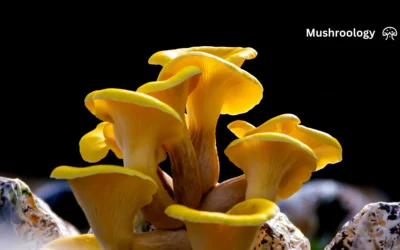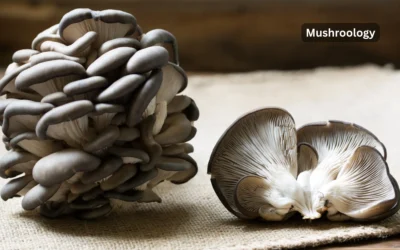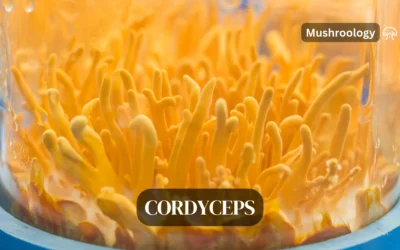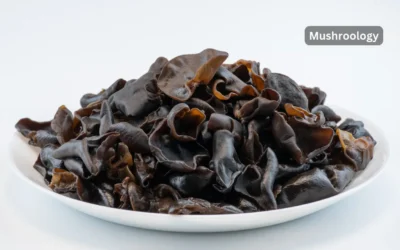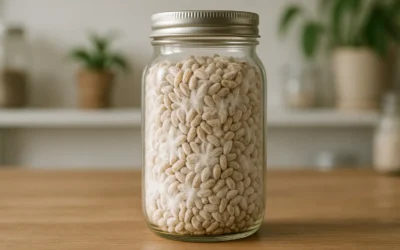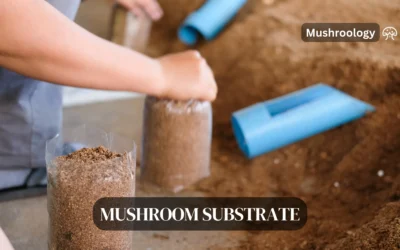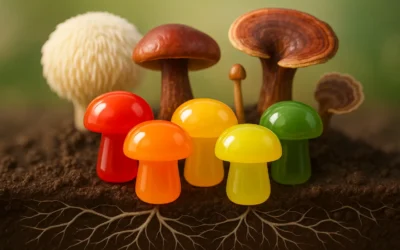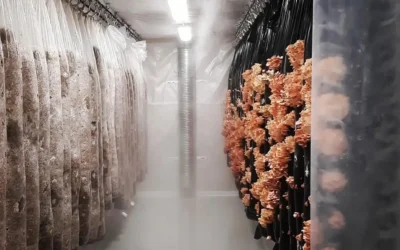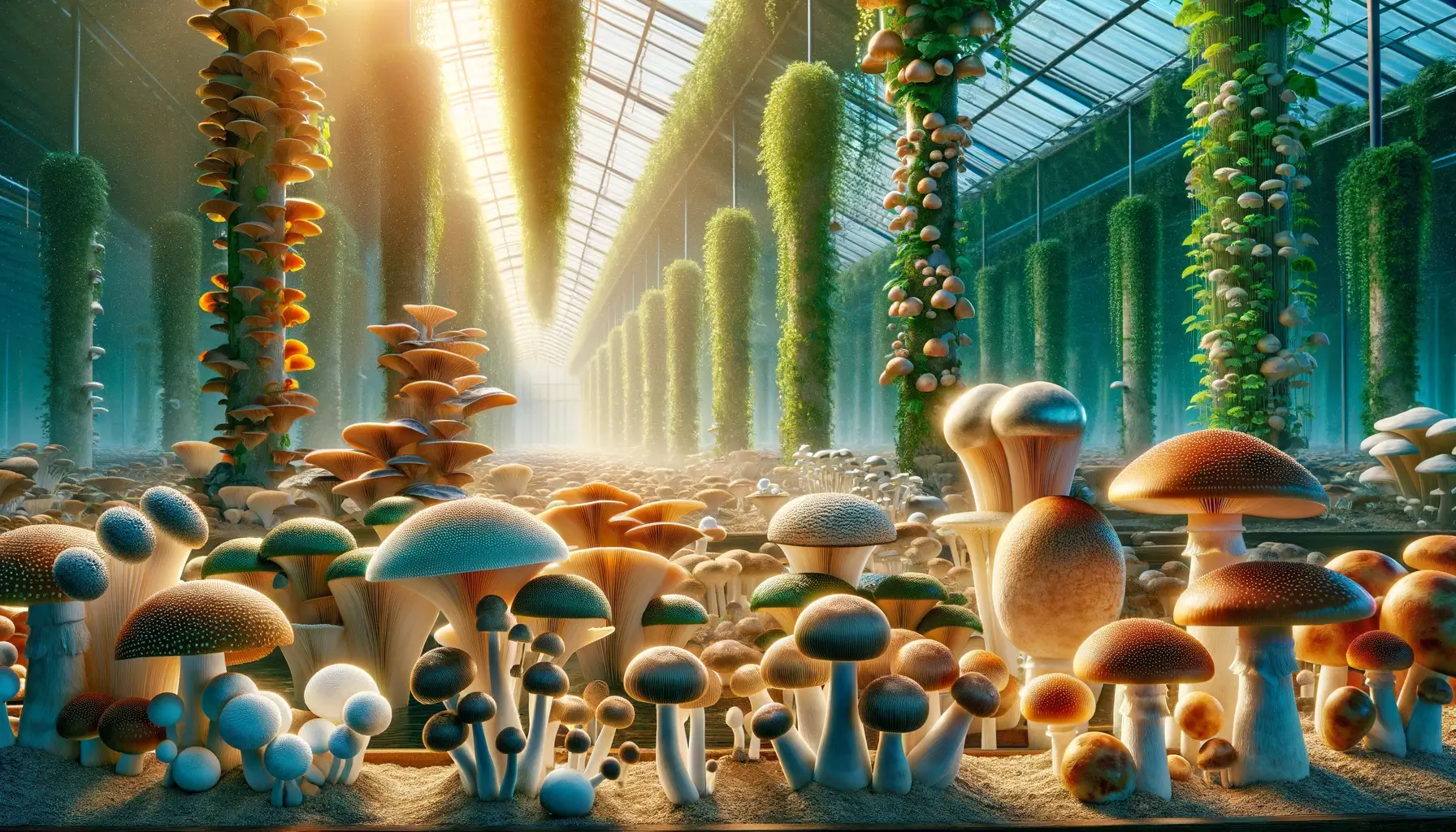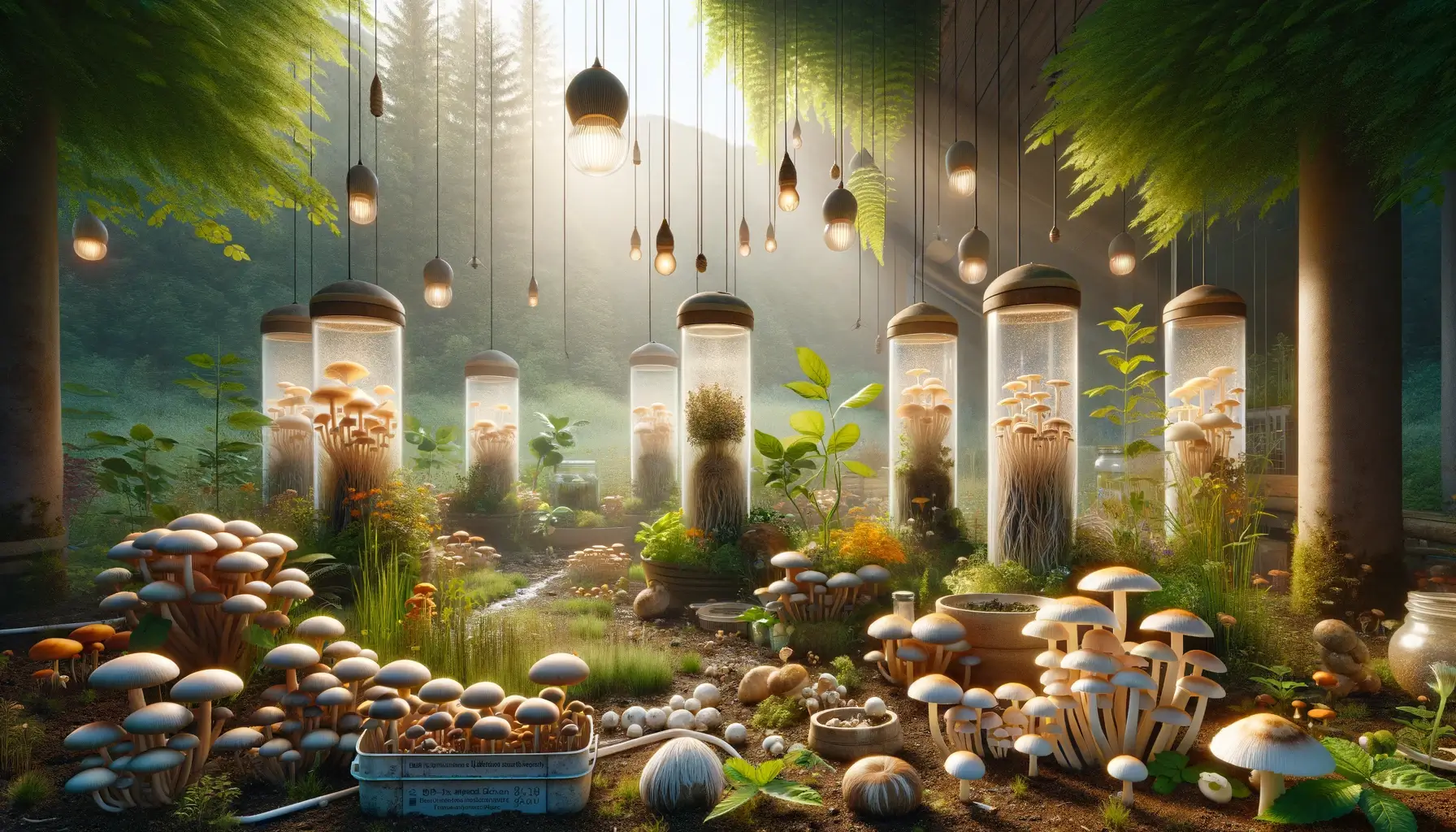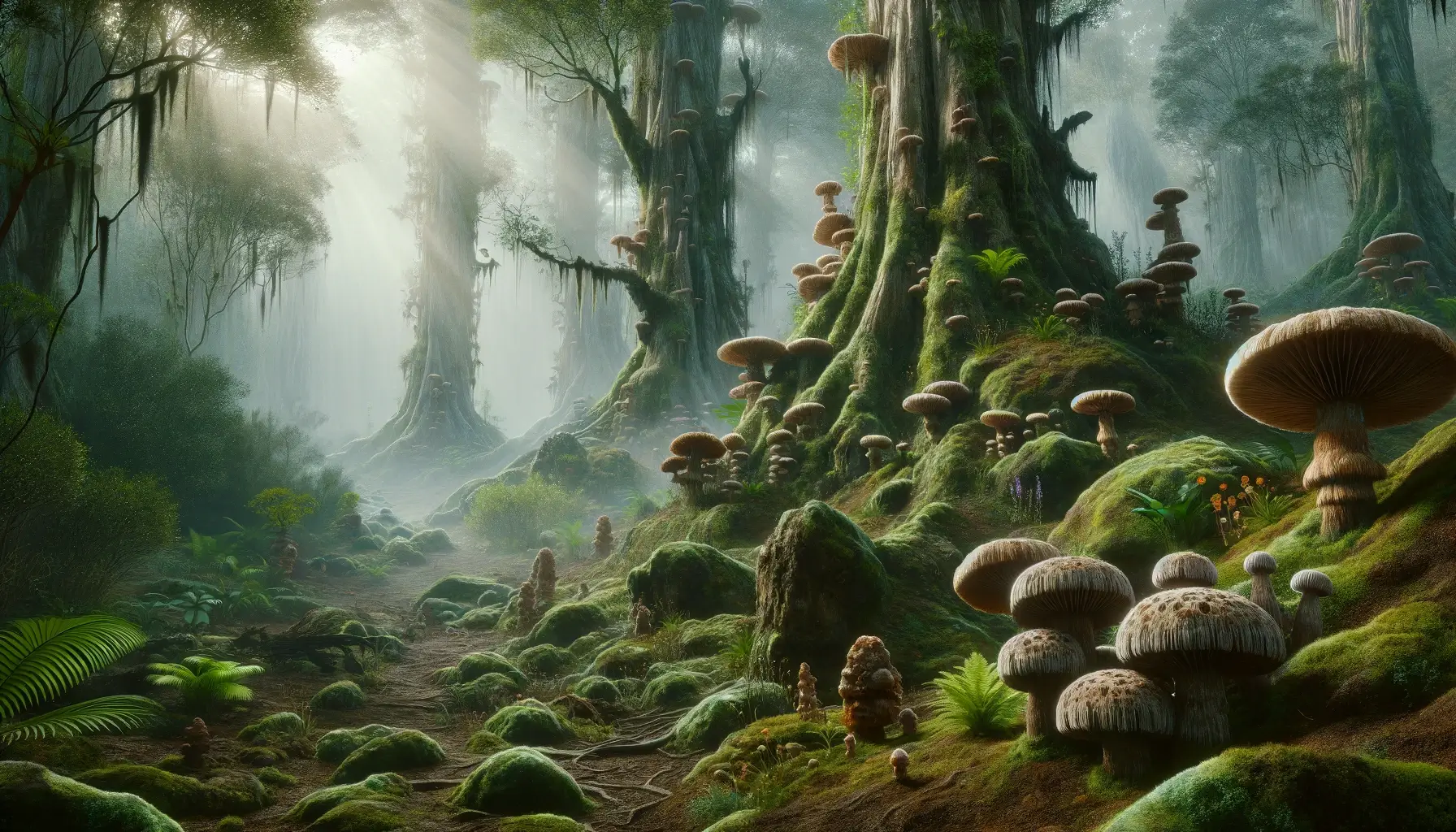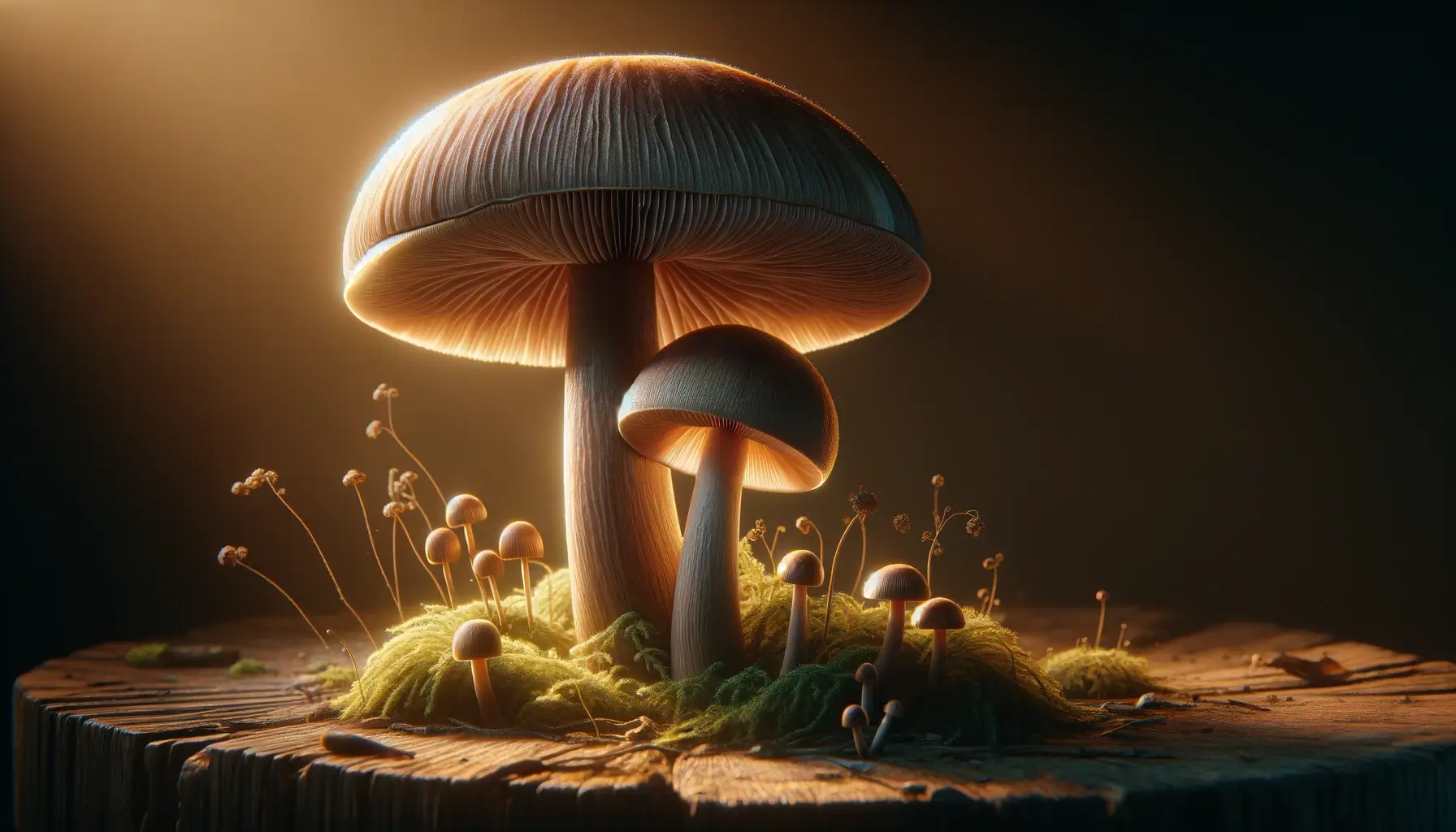Mushrooms, Exotic Fungi, and more!
Instagram @mycotropical
Instagram @fungi_fae
Instagram @mushroomsnaturally
Instagram @mushrooms_inigo
Instagram @fungal_beauty
Instagram @beetleben1
Latest Articles for Mushroom Lovers
Golden Oyster Mushroom Growing Guide (Pleurotus citrinopileatus)
🍄 Blue Oyster Mushroom Growing Guide for Beginners: Step-by-Step at Home
How to Grow Cordyceps Mushrooms at Home: A Step-by-Step Guide
How to Grow Turkey Tail Mushrooms (Trametes versicolor)
Wood ear mushroom benefits
How to make grain spawn for successful mushroom cultivation at home
Best Mushroom Substrate: 7 Top-Rated Options for Home Growers
Mushroom Gummies Explained: Fruiting-Body vs. Mycelium and How to Choose
How to cultivate mushrooms on mushroom towers: Your complete vertical growing guide
The Basics
Fungi play critical roles in ecosystems as symbionts, decomposers, and pathogens. They are essential for nutrient recycling and form symbiotic relationships with plants. However, as pathogens, the fungi can cause diseases in plants, animals, and humans.
Fungi Core Classifications
- Chytridiomycota (Chytrids): These are primarily aquatic fungi with a simple structure and represent some of the most primitive fungal forms.
- Zygomycota (Bread Molds): Known for their role in food spoilage.
- Ascomycota (Sac Fungi): This group includes yeasts, molds, and more complex forms like morels and truffles.
- Basidiomycota (Club Fungi): These are the familiar mushrooms, along with rusts and smuts, these fungi reproduce sexually via basidia, club-shaped structures that produce spores
Why Grow Mushrooms?
- Environmental Impact: Mushrooms decompose organic matter, enriching the soil and making nutrients available for other plants. Hobbyists mycologists contribute to a healthier environment.
- Health Benefits: Many mushrooms are packed with nutrients and have been linked to various health benefits. Growing your own ensures a fresh, uncontaminated supply.
- Sustainability: With the world suffering with plastic pollution, mushrooms emerge as a ray of hope. Innovations in mycelium-based materials offer sustainable alternatives to plastics and even building materials.
Anatomy of a Mushroom
- Cap: The top part of the mushroom, which can vary widely in shape and color.
- Gills/Teeth/Pores: Located on the underside of the cap, these structures produce and release spores. Not all mushrooms have gills; some may have pores or teeth instead, depending on the species.
- Stem (Stipe): The stalk that supports the cap and elevates it above the ground or its growth surface.
- Mycelium: A network of fungal threads (hyphae) that exists underground or within the growth substrate. The mycelium is the main vegetative part of the fungus and is crucial for nutrient absorption.
- Spores: Microscopic reproductive units, equivalent to seeds in plants, which allow the fungus to reproduce and spread.

